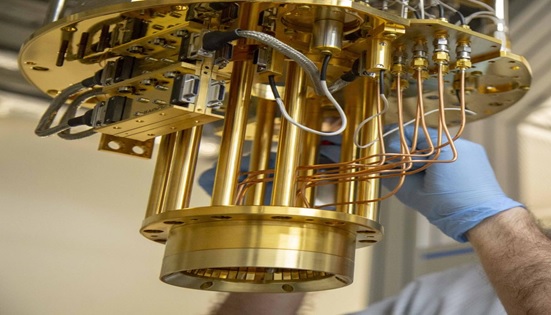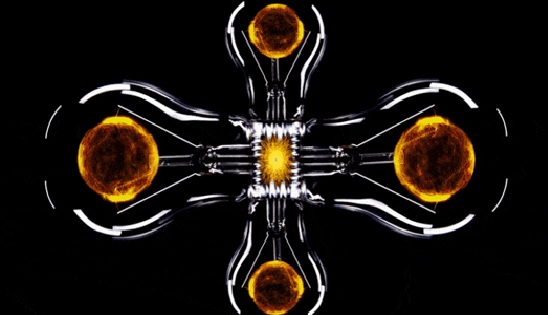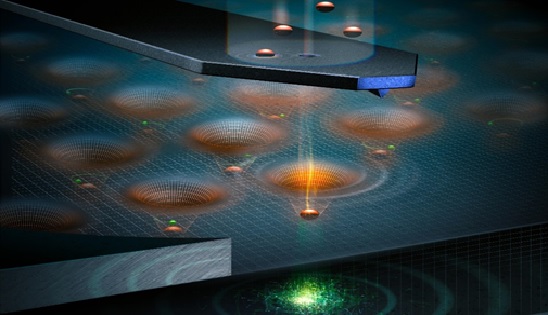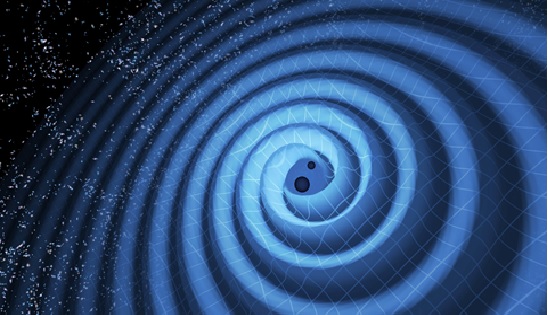Development of Quantum Microscopy
Quantum microscopy uses quantum principles to capture images and take measurements at the sub-atomic scale. Scanning tunnelling microscopes and photoionization microscopes are [1] two common microscopy tools that apply quantum effects. Researchers are also currently investigating a quantum figure 1 shown below electron microscope based on an idea called interaction-free measurement.
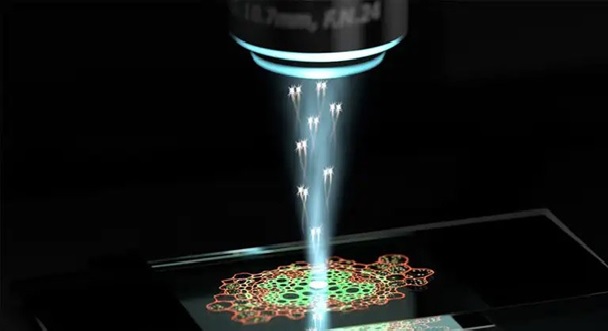
Figure 1. Quantum Microscopy
The scanning tunnelling microscope (STM) generates images by passing an extremely sharp metal tip over a conductive surface. By placing this tip extremely close to a surface and by applying an electrical charge, it is possible to image the sample at the atomic scale.
An STM is founded on multiple scientific principles, one of which is the quantum effect called tunnelling. This effect occurs when electrons proceed through a barrier that they shouldn’t be capable of going through.
Optical microscopy is a powerful tool that has been widely used in science for the last five centuries or so, but it’s not without its limitations; one way to overcome these restrictions is to employ quantum optical principles.
Optical Microscope
Light microscopy is one of the earliest uses of optics. A standard optical microscope uses visible light and a system of lenses to magnify small objects and create an image, which can be photographed using [2] simple cameras.
However, the technique is limited by the diffraction limit of spatial resolution; Enrst Abbe found that an infinitely small point object becomes a blurry circle in an image.
Quantum optics is based on the notion that light is made out of photons rather than classical waves, proved with a simple experiment using a Hanbury-Brown and Twiss setup.
If a stream of single photons is split between two sensitive detectors, only one will register a detection each time, which would not be expected if light could be described using only classical waves.
Quantum Microscope benefits
- Non-destructive imaging brings time-resolved research to nanometer length scales
- Uniquely capable of topographical surface imaging (biological, semiconductor, quantum)
- One or more beamlines with endstations can be configured to your requirements
- Diffraction for nanometer-scale order in self-assembled materials
- Structural pump probe for mechanical and thin-film property evaluation to understand elasticity response, thermal transport, and phonon modes
- High resolution, revolutionary measurement of magnetic systems is highly sensitive to different magnetic layers
References:
- https://www.azoquantum.com/Article.aspx?ArticleID=119
- https://www.azoquantum.com/Article.aspx?ArticleID=111
Cite this article:
Nandhinidwaraka S (2021) Development of Quantum Microscopy, AnaTechMaz, pp.17









